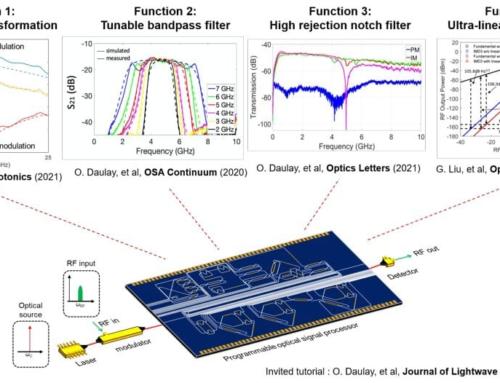When Blue Label Telecoms announced on 5 October 2016 that it was buying a 45% stake in Cell C for R5.5 billion, the company’s management and investors were upbeat about the deal.
Blue Label Telecoms co-CEO Brett Levy said at the time that they were positive about a turnaround in Cell C’s financial and operational performance.
Investors were also happy with the company’s decision to invest in Cell C and rewarded it with a 9% jump in the share price following the announcement.
This euphoria quickly faded, however, and over the next three years, the tremendous challenges at Cell C started to weigh on Blue Label Telecoms’ share price.
Since hitting an all-time high of over R21.00 per share after the Cell C announcement, the share price plummeted to R3.51 per share.
This means Blue Label Telecoms’ market cap shrunk from R19.3 billion in October 2016 to its current R3.2 billion.
In simple terms, the company lost R16 billion in value which is a direct consequence of its decision to invest in Cell C.
Cell C strategy did not pay off
In December 2018, Levy bemoaned Blue Label Telecoms’ share price decline, saying “the punishment does not fit the crime”.
He said they have a clear strategy and vision for Cell C, and that it is a “growth story” which will make the operator a very strong number-three player.
This strategy included a big content play through Black, where the company spent R523 million acquiring programme and film rights over the last year.
He added that they expect Cell C’s losses to narrow in 2019 and for the company to become profitable by 2020.
Things did not work out as planned. Cell C suffered a loss of R1.27 billionin the last financial year, its debt increased, and its content strategy with Black failed.
From bad to worse
Cell C’s financial situation deteriorated to a level where it was forced to delay its debt payments and hire consultants to probe its business practices. So severe are the company’s problems, that its interim CEO Douglas Craigie Stevenson detailed the challenges in an open letter.
Stevenson said their severe financial and other challenges are four-fold:
- Debt – Cell C’s debt has gone up more than anticipated since the recapitalisation of 2017.
- The cost of debt – Cell C is paying a substantial premium on the cost of its debt.
- Liquidity problems – Cell C is battling with liquidity because of some of the events around the payment of large tranches on coupons.
- Poor business performance – Cell C’s business performance has not been optimal.
He said Cell C must become more agile and focus on its business performance to ensure a sustainable future.
Stevenson also unveiled a turnaround plan which includes a recapitalisation programme aimed at extracting greater value from its roaming agreement and optimising its network revenue and usage.
He also hired Bowmans Attorneys to “investigate any parts of the business where we suspect that there may be irregular business practices”.
Blue Label Telecoms share price
The graph below shows the Blue Label Telecoms share price over the last 5 years.




